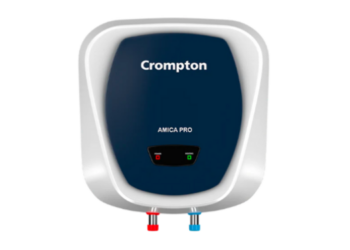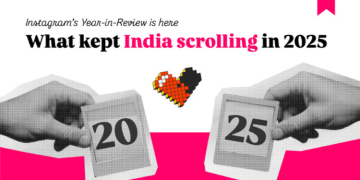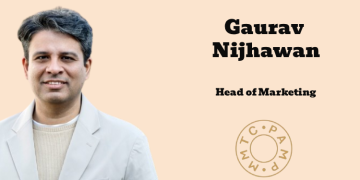In this period of ‘coronization,’ the world has taken a swift digital route. People are all the more ‘physically isolated’ and ‘socially connected.’ With the upsurge in the time spent on social media, engaging with digital creators is no more a choice, but the need for brands. All the more, when hefty outdoor production is ‘under lockdown’, influencer-driven content with big ideas and the relatively small budget seems an ‘unlock’ mechanism.
Not just that, the primary reason for heavy reliance on Influencer Marketing comes from the ‘confidence in results.’ Influencer Marketing Benchmark Report 2020, states that most businesses make $5.20 for every $1 spent on Influencer Marketing. This ROI is what compels many brands to increase their budget on influencer marketing.
A guide to unlocking the great potential of brand-influencer relations.
Know why you’re collaborating
An influencer is a channel that doesn’t vandalise the creative experience of consumers. From how to survive and thrive during quarantine using their favourite products to some random shout outs, influencers’ communication breaks the clutter and stands out. Brand endorsements work well as influencers share a very friendly bond with their follower base and people are looking forward to their posts. It is this follower base that brands seek to leverage upon.
Be Selective
Though there are so many influencers on social media, there are very few who can actually meet your brand guidelines! 61% of marketers find it difficult to find relevant influencers for their marketing campaign.
Some of the factors that brands should consider while finding an influencer are
- The niche of the influencer
- The platform where the influencer is active
- The demographics of the followers
Match influencer followership with the TG of the brand
The more natural the collaboration looks, the better results it generates. If the brand and influencer don’t naturally align, the content looks ‘made-up.’
It is also the influencers’ responsibility to ensure they have the right brand to market in order to create a natural and organic content for their audience. The product/service endorsed should be in accordance with their niche and follower demographics.
Creative liberty + Brand’s expertise go hand in hand
Unlike traditional marketing, Influencer marketing doesn’t rely solely upon the brand’s messaging. It can’t control and dictate 100% narrative to the Influencer. Brand’s brief, in this case, is just the skeleton wherein influencers have the autonomy to structure it in a beautiful body. It must be at the discretion of the Influencers to create content that resonates with their followers.
The brand knows what’s best in the product and the influencer understands how best to communicate it to the audience. Both of them should appreciate and respect and one another.
Sacred values to hold on!
One bad experience can prove to be very heavy for both parties in this fragile partnership. Creativity is subjective and it might take some time to strike a balance on both ends. However, the result is worth the wait. Well, through the process, the sacred values shouldn’t be missed out by brands and influencers.
Trust: Since influencer marketing is at a nascent stage with no set rules and standards, it is very important for brands and influencers to trust one another. The claims made by brands and influencers should be honest to the core. Authenticity and credibility are the virtues that should be held high, be it the deliverables agreed upon or timeline of execution.
Reliability: Fake followers are a threat that daunts upon the entire influencer marketing space. Schlesinger Associates’ Survey showed that 75% of brands regard verified web traffic as the most important factor while choosing influencers. Influencers also show concerns on false product claims made by brands.
Brand’s image and influencers’ audience are the assets they hold very close to them. A compromise on these two fronts calls for the demise of a good partnership.
Co-dependence: With traditional marketing being marked as unwanted,brands rely upon influencers to reach their target audience in a more approachable and generous manner.
As per Mediakix, close to 69.4% of Influencers choose to be influencers so that they could earn revenue. However, most social media platforms don’ t have a content monetization policy in place. Thus, independent digital creators need ‘sponsored posts’ to get them going!
Consistency is the key
Often brands opt for one-time campaigns with influencers but a study by Activate suggests that 50% of influencers and brands share a common sentiment of long-term partnerships being beneficial. Influencers ensure long-term work and create a buffer for their audience from a chain of sponsored content. Meanwhile, brands can secure a creator who can be seen as an ambassador and associate with them for a longer period of time. The audience enjoys the best of both worlds. So, keep generating incredible content and make the accord last longer.
P.S. The brands and influencers should grow with each other and work towards the greater good. Influencer Marketing agencies have a special place for them anyway and will keep striving to unlock solid brand-influence relationships.
Authored Article by Kartik Kala, Business Head, TopSocial India.
















